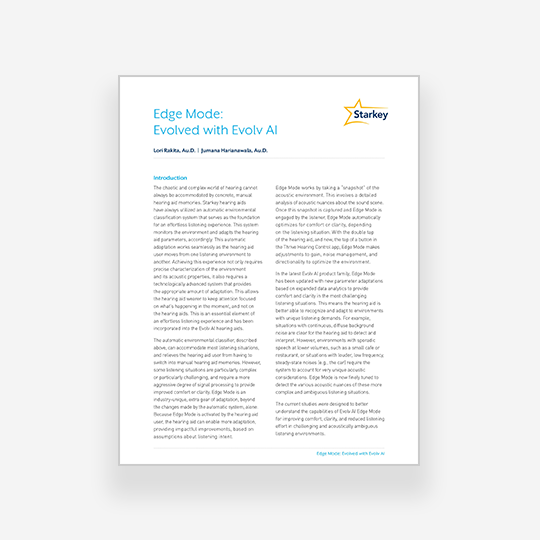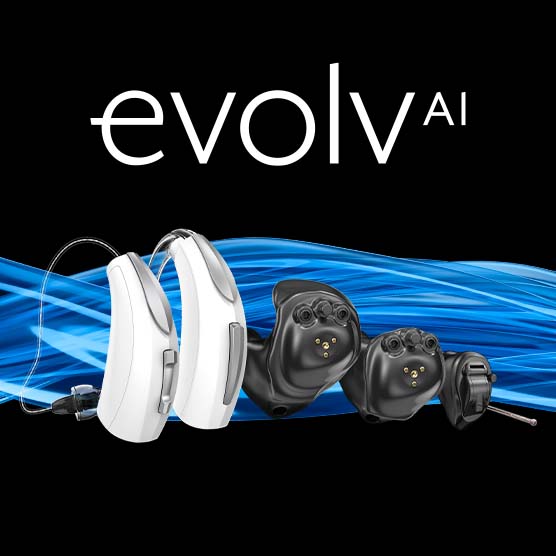

Research & publications
Count on us to help keep you up to speed on the latest research, trends and hearing health technology.
About Starkey Research
Our researchers at Starkey are leaders in developing innovative hearing aid technology and exploring important questions about hearing loss, balance, cognition, and the connections between hearing and socialization. Bringing together expertise in clinical audiology, psychoacoustics, cognitive psychology, acoustical engineering, and advanced statistics, our team aims to continually improve the lives of patients by ensuring that our technologies provide opportunities for a healthy lifestyle, social participation, and excellent, effortless hearing.
Volunteers from the local community, with and without hearing loss, work in partnership with our researchers to provide insightful feedback and data on the benefits of our newest hearing technology, signal processing algorithms, healthable technologies, smart sensors, and intelligent assistant features. Through this research we continue to redefine what a hearing aid can do — for example, by using state-of-the-art machine learning techniques to make the experience of listening in noisy environments less challenging and effortful, and by using sensors to detect falls.
Besides pushing the boundaries on hearing aid technology, our researchers also work to verify and validate every feature, ensure usability, and develop evidence-based audiological practices. In short, the research team at Starkey truly helps to define what it is to Hear Better, Live Better.
Starkey’s research facility is located at our global headquarters in Eden Prairie, Minnesota.
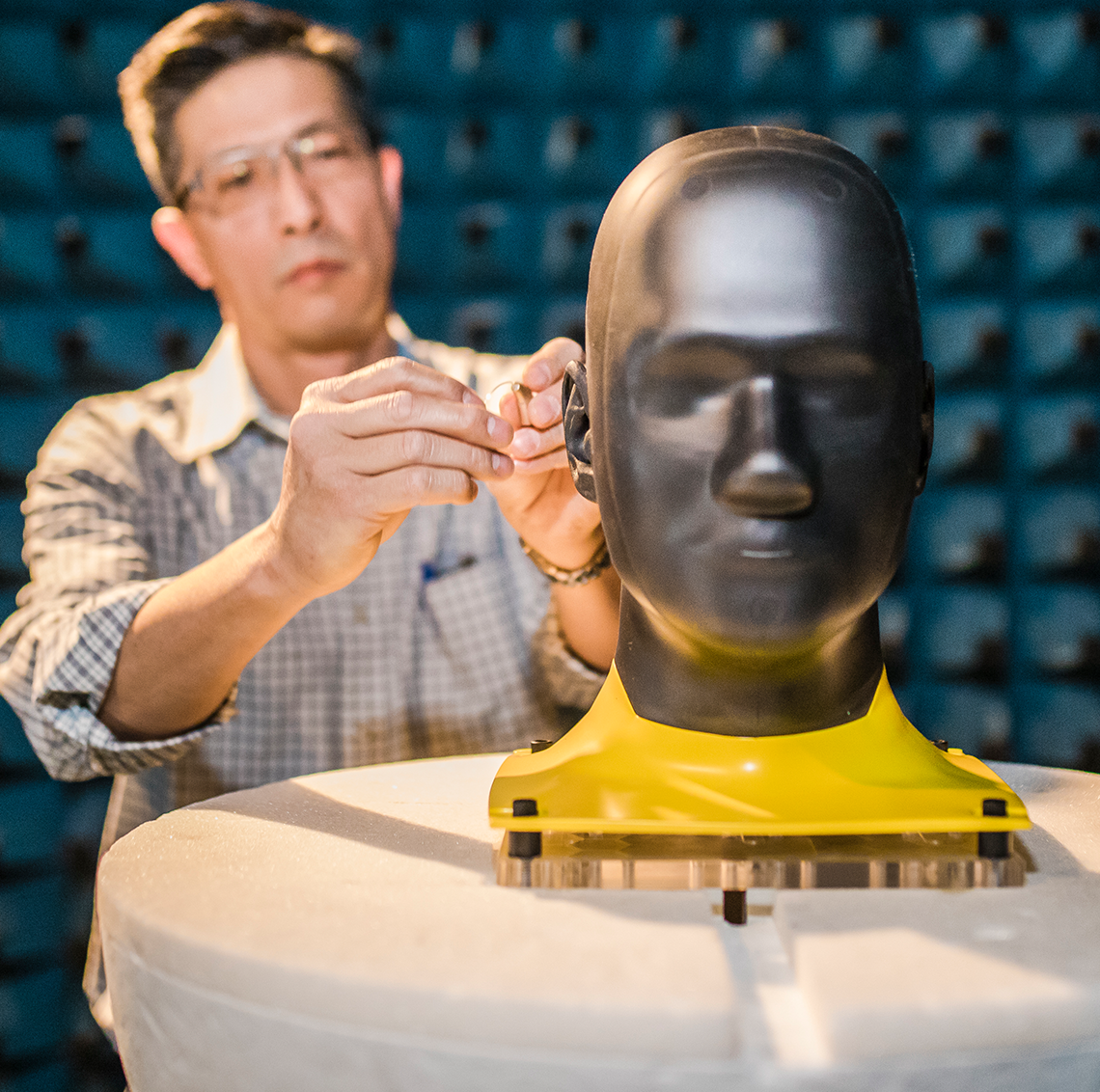
Recent publications
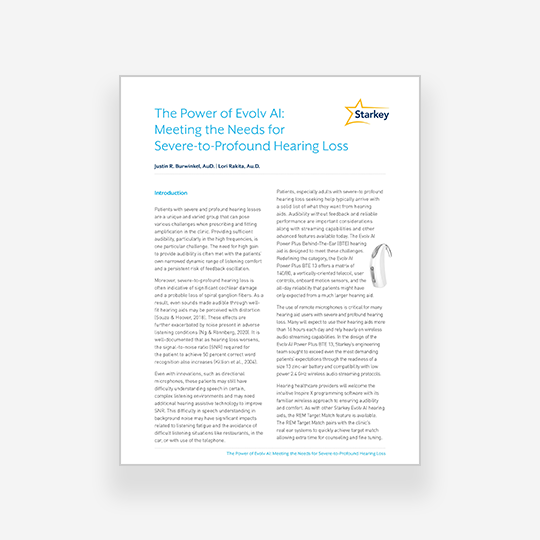
The Power of Evolv AI
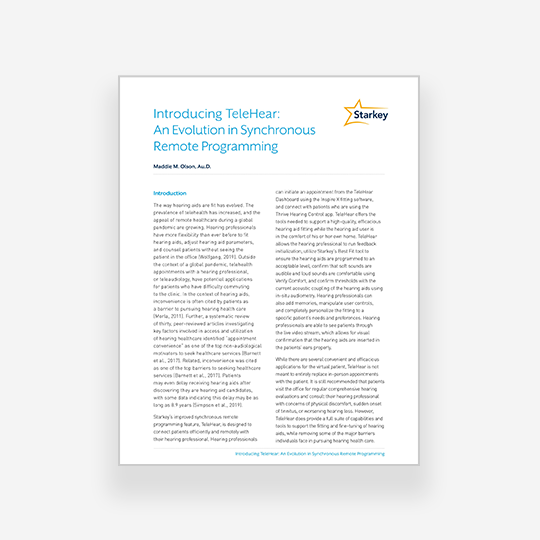
Introducing TeleHear
